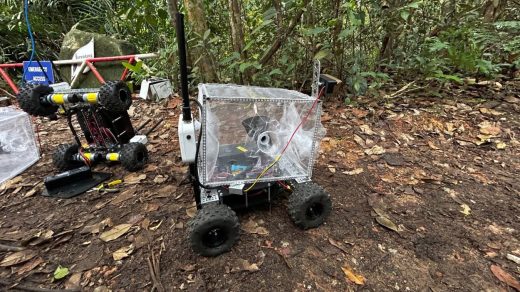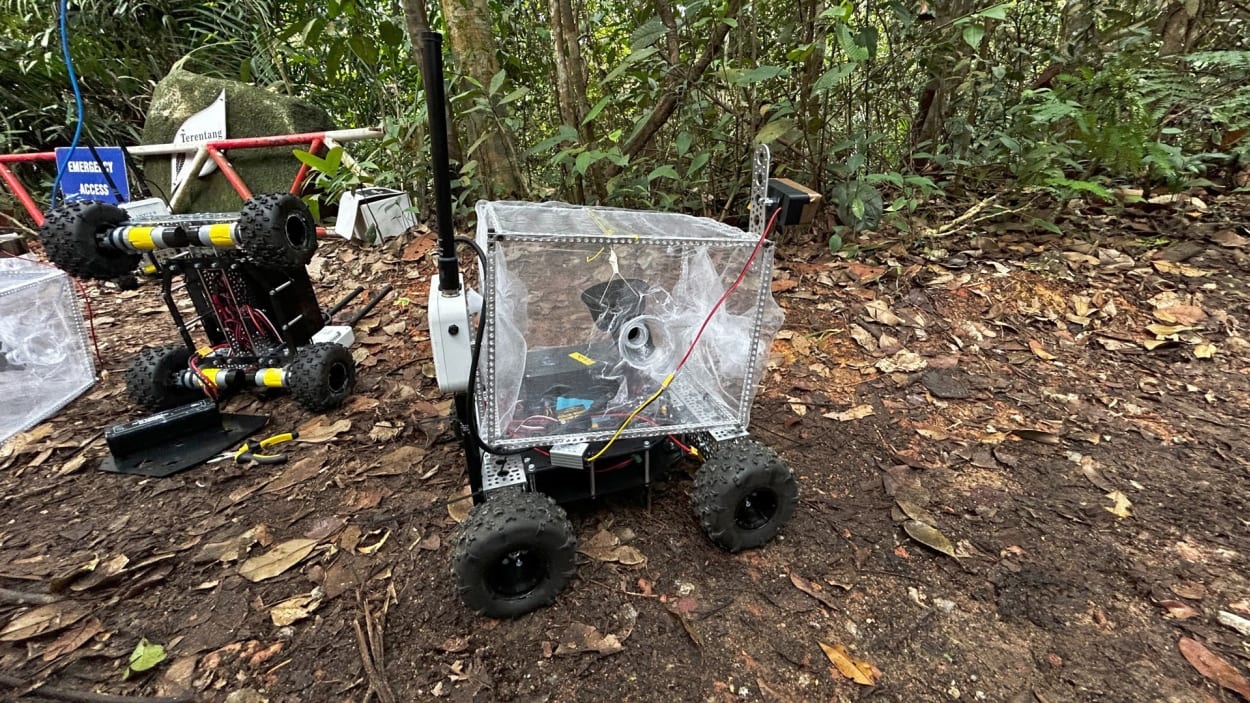These 13 projects are competing for a $10 million prize to save the rainforest
By Abhishyant Kidangoor—Mongabay
SINGAPORE — Macaques look on from trees as a round of applause breaks out.
After repeated attempts, a team has managed to fly a drone and drop a sensor platform on a tree canopy. It will stay there all night to gather the sounds of wildlife in the forest. A 10-minute walk away, another sound, that of amusement, fills the air as another team attaches a hexagonal web of tapes to a drone. After the original plan to collect soil samples failed, this was the last resort.
Over the course of three weeks in late May and early June, Windsor Nature Park and Central Catchment Nature Reserve in Singapore were witness to scenes like these as 13 teams from around the world displayed, tested, and tweaked technological solutions as part of the semifinals of a $10-million competition. The five-year competition, currently in its penultimate year and organized by California-based nonprofit XPRIZE Foundation, aims to identify technology that can automate how scientists study and survey the world’s fast-degrading rainforests.
In these semifinals, ecologists, botanists, and molecular biologists have come together and collaborated with drone pilots, mechanical engineers, and machine-learning experts. From robots and drones that can collect samples for DNA testing, to mobile platforms that can gather audio data from tree canopies, a wide range of technology was put on display.
While a few teams managed to execute their projects as planned, many others scrambled to troubleshoot last-minute glitches. The teams that move on to the next round, expected to be announced in July, will get a year to further improve their projects ahead of the final round of testing in 2024.
Here’s a look at the technology deployed by the teams during the semifinals.
Alouatta
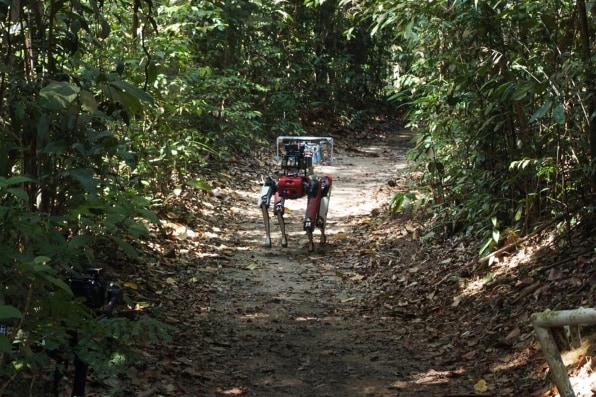
Technology deployed: A robotic dog equipped with cameras, acoustic sensors, and GPS, designed to go into the forest on its own.
Brazilian Team
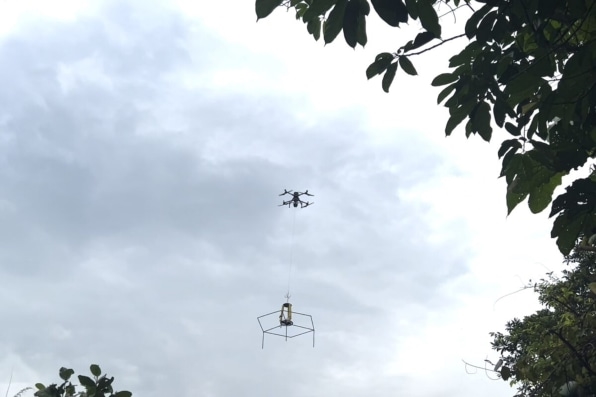
Technology deployed: A fleet of drones—one to collect water samples, another that uses lidar sensors to map the forest, and a third to drop a platform equipped with sensors on tree canopies to record audio and capture data including temperature and pressure. The team also deployed ground rovers to collect leaf litter for DNA analysis.
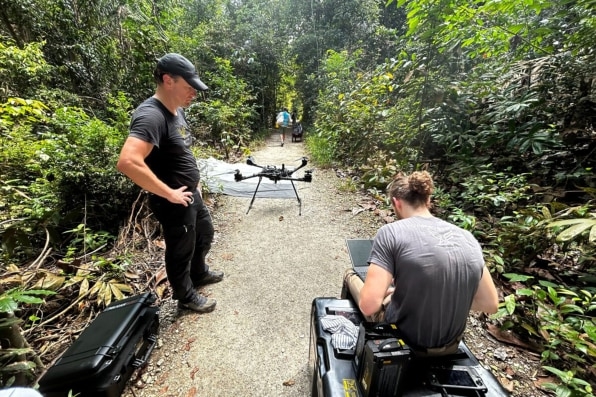
AraceEye
Technology deployed: A drone weighing 51 pounds fitted with RGB and hyperspectral cameras (which analyze a wider spectrum of light than traditional cameras), and lidar sensors to map the forest. The team also launched two smaller drones equipped with audio recorders to fly under the canopy to record the sounds of insects and birds.
Team Waponi
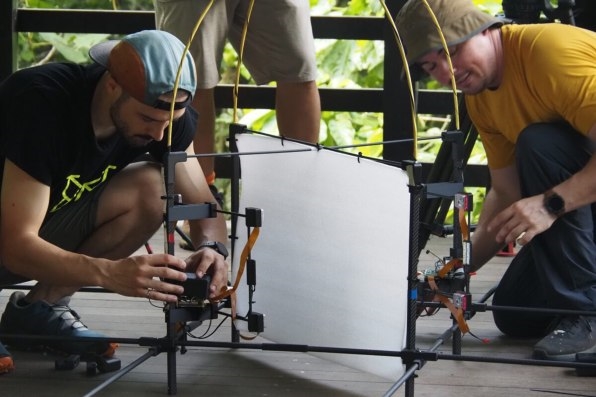
Technology deployed: A mobile data collection platform that was dropped on the canopy using drones. Audio recorders in the platform collected sound data, while night-lights in the system attracted insects, whose images were captured and later analyzed using artificial intelligence algorithms. Insect traps also collected samples that scientists analyzed using portable sequencers.
Act Now – Amazonas Action Alliance
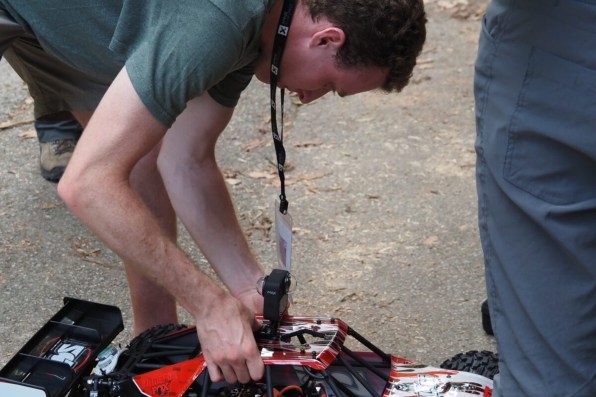
Technology deployed: A combination of audio recorders, drones, and remote-controlled cars to gather photos, sound, and DNA samples that are analyzed and corroborated with Indigenous knowledge.
Bioverse
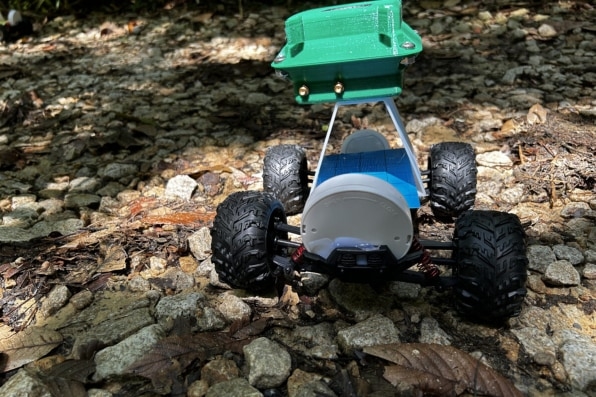
Technology deployed: Drones to map forests to identify trees from which local communities can harvest non-timber products. Also in the tool kit were robotic rovers for insect monitoring. Lights and alcohol lured insects into a trap. Inside, sensors enabled with machine-learning algorithms captured images of the insects and identified them in real time.
ETH BiodivX
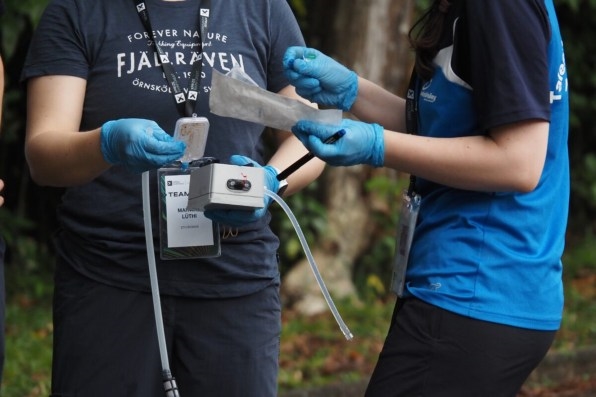
Technology deployed: Drones that deliver systems to collect three types of samples for environmental DNA (eDNA) analysis: one collected water samples using a pump and filter, another hovered 16 feet above the canopy while dropping down sampling paper that rubbed against the vegetation to collect samples, and a third drone used fans to suck in air to collect airborne eDNA. On the ground, a robotic rover clicked images and collected DNA samples from plants.
Re-Forest-ER
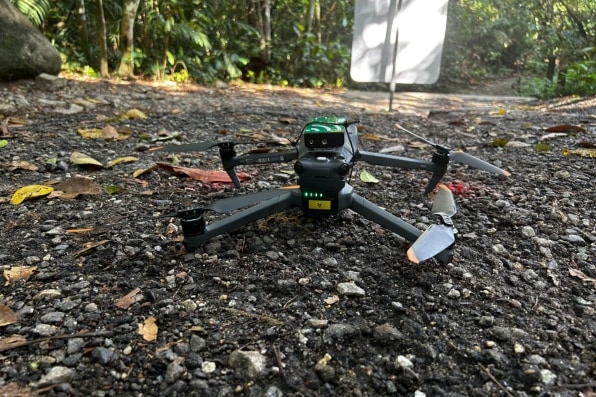
Technology deployed: Drones to collect images (lidar, hyperspectral, and optical), audio, and DNA samples from the environment. Inside a makeshift lab, eDNA experts used portable analysis methodologies to assess the biodiversity from the collected samples, including the use of smart heating lunchboxes to extract DNA and adapting field kits used for health purposes (for pathogen testing to detect infectious agents) for ecological assessment.
XINIX AI
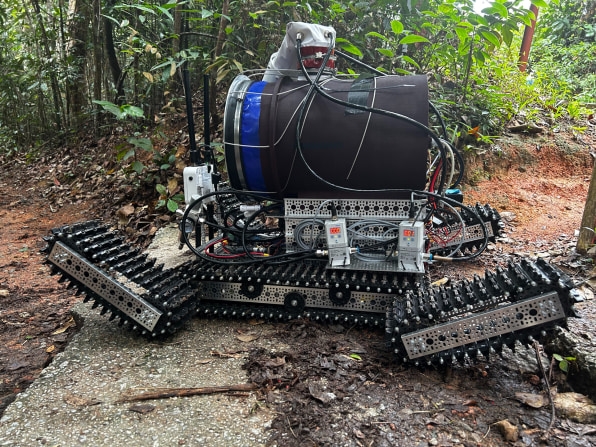
Technology deployed: Robots galore. A big robot fitted with a cylinder on top. Once in the forest, the team remotely inflated the cylinder in height (up to 66 feet) to reach the canopy and capture photos and videos. The team also deployed an armada of smaller robots carrying meshed cages with insect bait in them. Insect excreta left behind in the cage were later analyzed to understand the biodiversity.
Map of Life Rapid Assessments
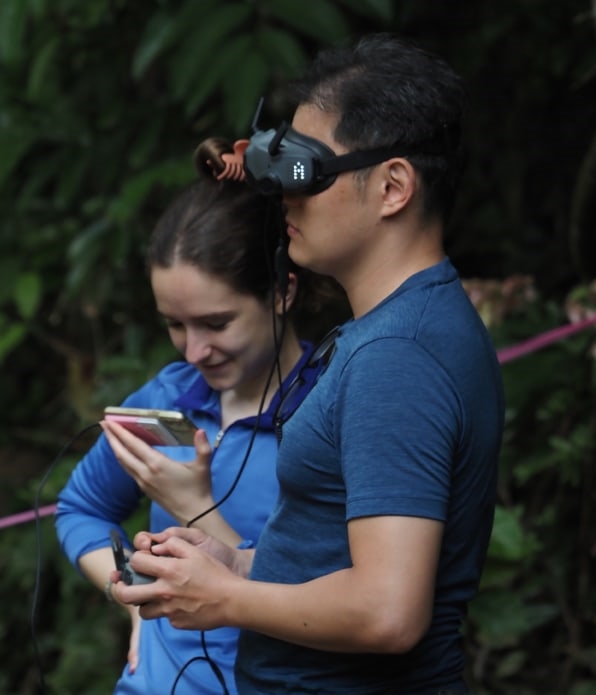
Technology deployed: Drones to collect audio and images. The team then ran the data through machine-learning algorithms to identify possible detections, such as the sound of birds or mammals, and prioritize them for review. It is then uploaded to an online dashboard where scientists manually identify species.
Welcome to the Jungle
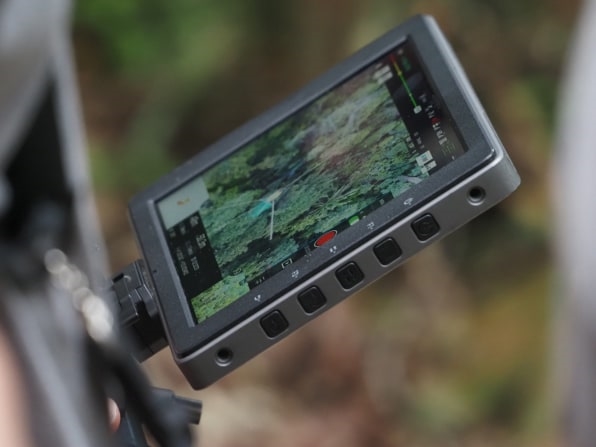
Technology deployed: A biodegradable platform made from ropes and bamboo sticks that hold up a box equipped with audio recorders and other sensors. A drone dropped the platform on the canopy. Another version of the platform is designed to suspend a camera from a hole in the bottom. The team also used drones to fly above the canopy to capture images using multispectral and high-resolution cameras.
Blue Devil Forest Divers
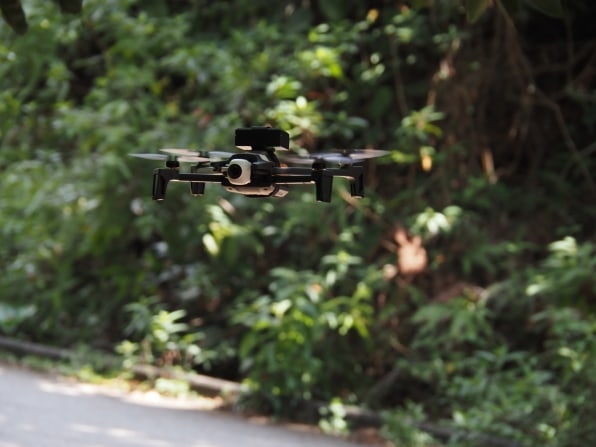
Technology deployed: Drones to collect aerial imagery and also deliver 3D-printed horseshoe-shaped devices that can be left hanging on tree branches. Team members attach audio recorders to the device; sound is later processed and identified using a combination of machine learning and human analysis. Team members also attached sticky traps to the device to catch insects.
Providence Plus
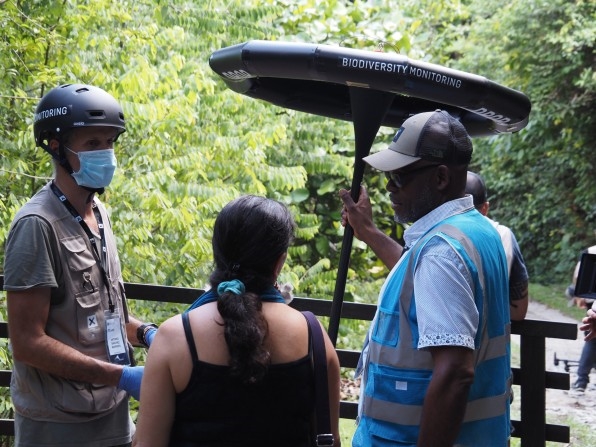
Technology deployed: An umbrella-shaped data-gathering platform deployed by drones on the surface of water as well as on tree canopies. The platform collected audio data that was analyzed in real time by a built-in artificial intelligence system. The team also captured insects using bright yellow traps glued onto the platform. Drones were also used to collect airborne DNA samples as well as soil samples.
This article was originally published by Mongabay.
(28)

